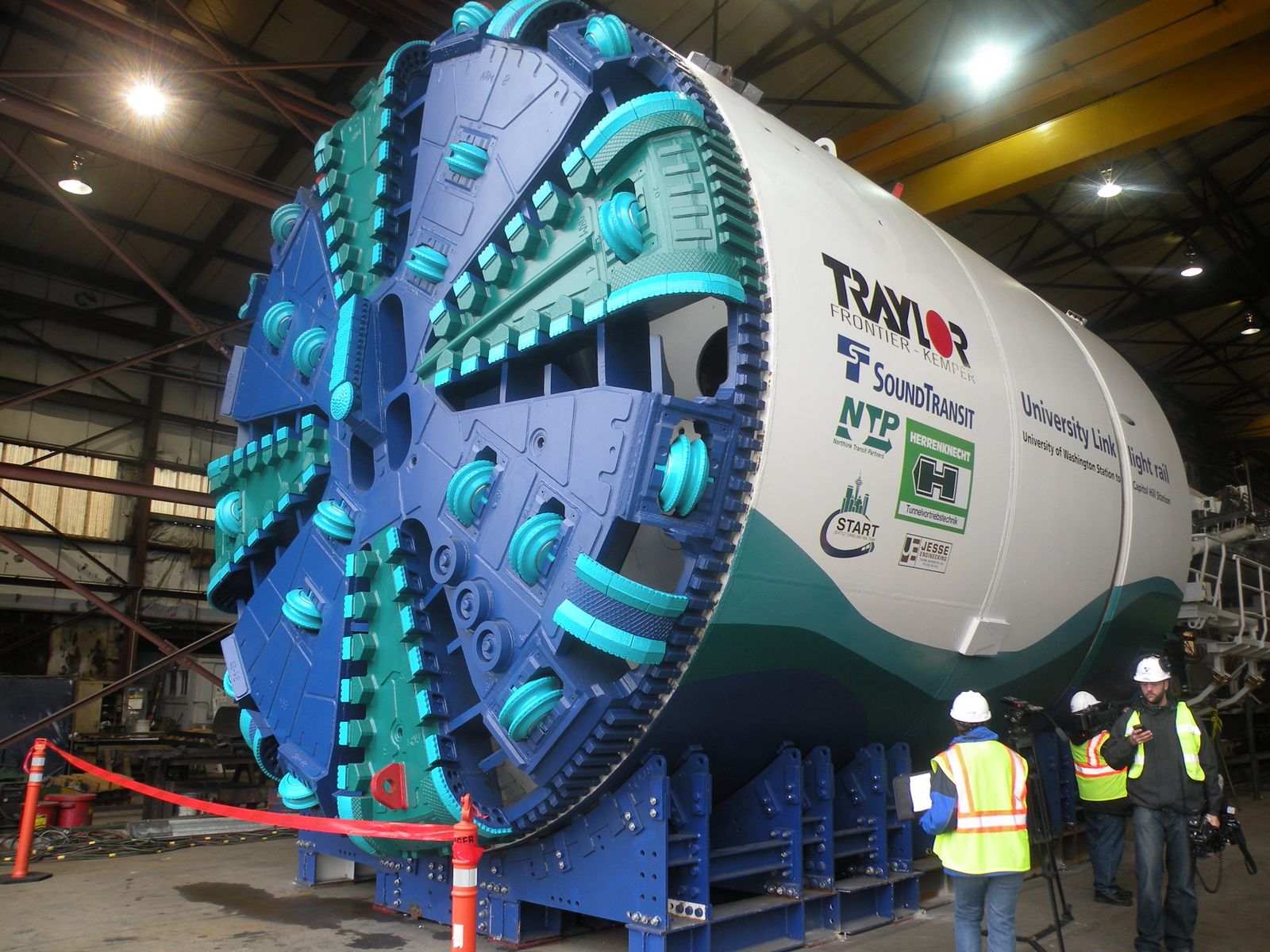Yes, I know that this is quite a BORING question (get it ;) ), but I really DIG this kinda stuff (no really).
If you have watch an action children's show or a cartoon of some kind, we have all seen that moment when they use some large drill to tunnel under the earth or go dig under a wall to get somewhere of some do-thingy like that. In TV-shows etc they usually look like this:

But thing is, I remember that I was quite shocked to learn when growing up that THIS is what REAL bores looked like (and actually they do look quite BORING):
Hey!? What's going on? Is there a physics or engineering (which I presume) reason why we use this big flat bore instead of the pointy one? I was going to use one in my story/short film but I was conflicted — obviously the pointy one is cooler, but it is kinda based on science soo....
In my quick little evaluation it doesn't seem like either is really worse off, except perhaps maybe the pointy one might become dull at the tip, but is that a really big issue, and would it not be prevalent in the flat one too?


